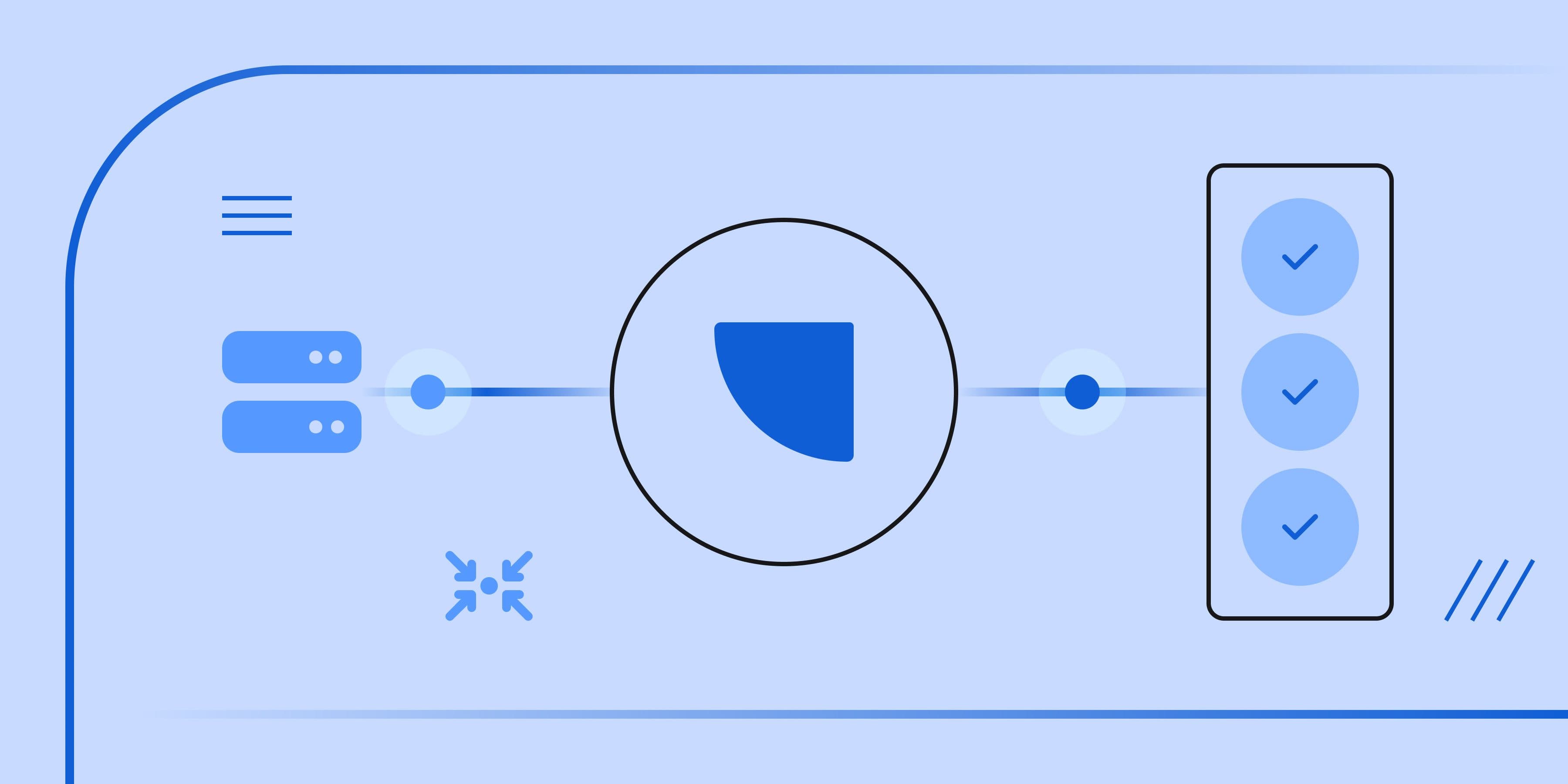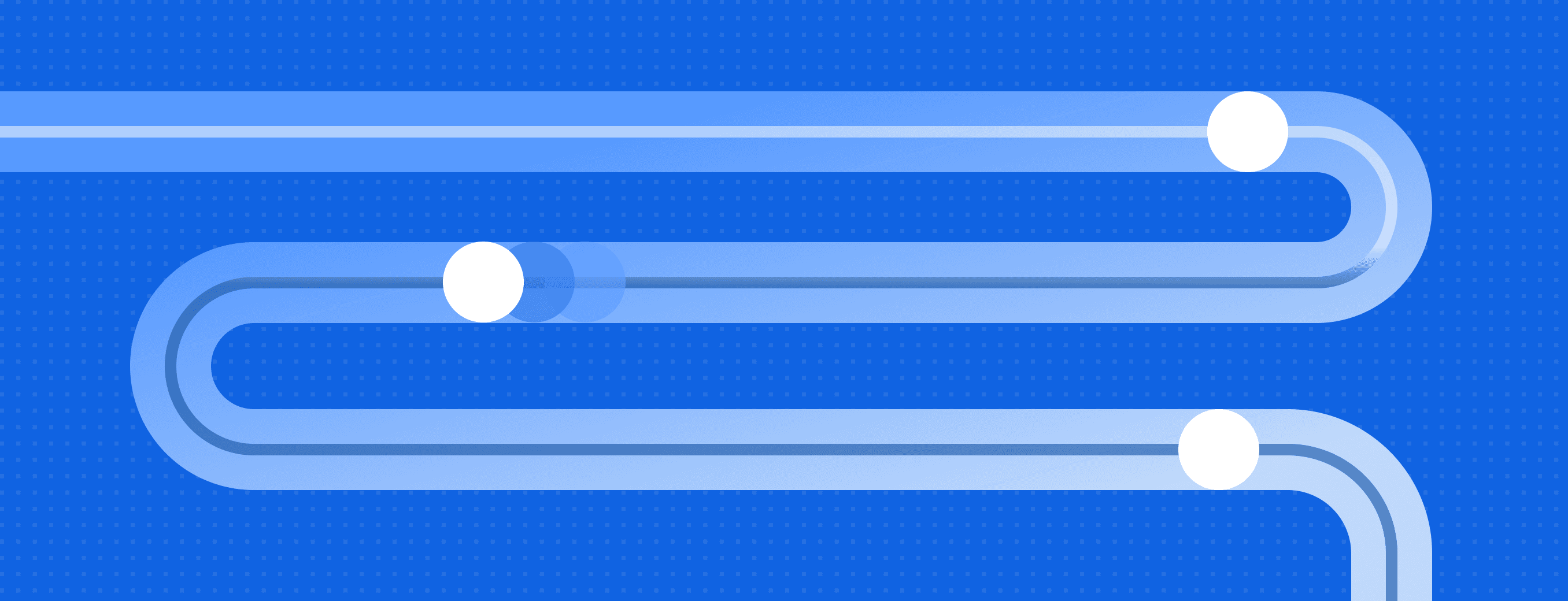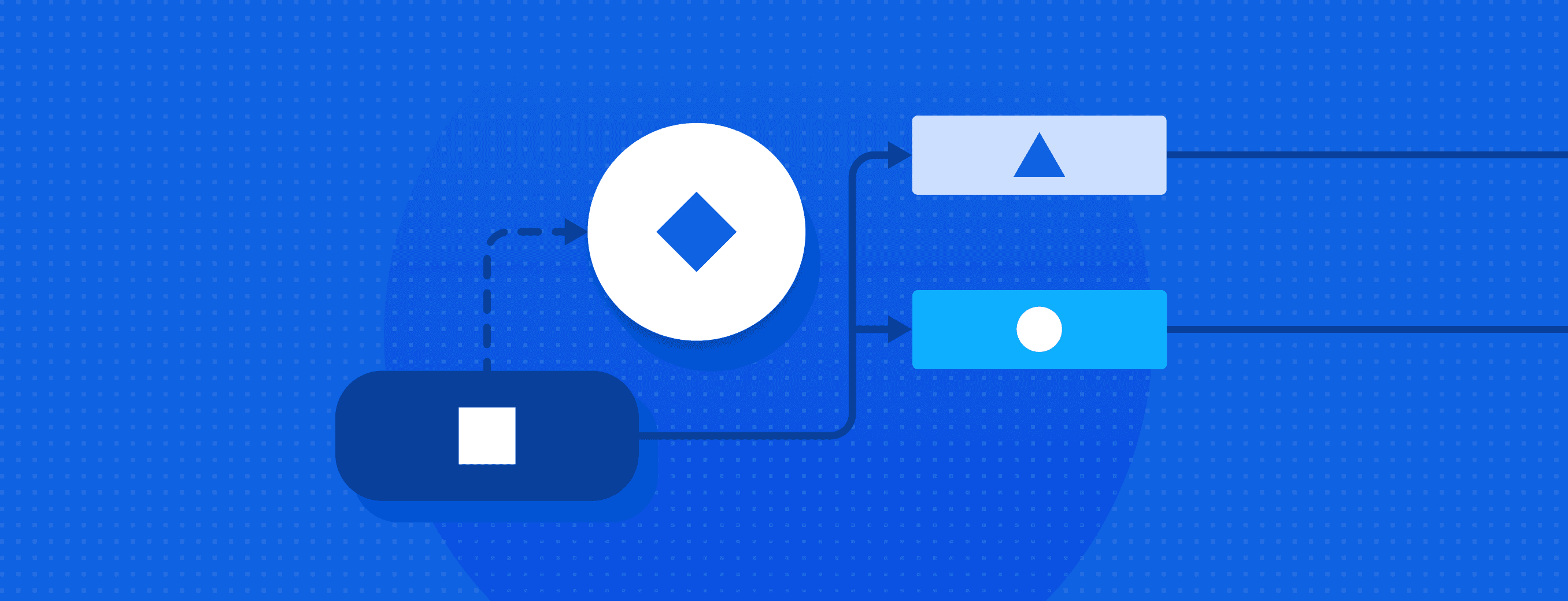Understanding B2B customer data platforms: How they solve the B2B challenges of today

Today, sales and marketing teams need to make sense of a vast amount of customer data to do their jobs well. B2B customer data platforms (CDPs) help businesses organize, centralize, and use their data effectively.
Customer data platforms (CDPs) are essential for businesses aiming to achieve a 360-view of their B2B customers. But how do CDPs deliver the data security, structure, and ROI that sales and marketing teams need?
This article explores the key features of B2B customer data platforms, compares B2B and B2C CDPs, and demonstrates how RudderStack’s Warehouse Native CDP solves critical data challenges for modern businesses.
What is a B2B customer data platform?
A B2B customer data platform is a centralized software solution that collects, integrates, analyses, and manages customer data from various sources, including websites, CRM systems, marketing automation tools, social media, and customer interactions. It serves as a unified data hub, providing accessible customer insights across organizations.
The primary function of a B2B CDP is data unification. It eliminates duplicates and inconsistencies while aligning company and contact data, streamlining sales and marketing processes, and improving customer experiences.
B2B CDPs create comprehensive customer profiles that include contact details, firmographics, technographics and interaction history. These profiles enable in-depth analysis for informed decision-making and support targeted marketing campaigns, account-based marketing (ABM) strategies, and predictive sales approaches.
B2B CDPs eliminate data silos by establishing a single source of truth for all customer data. This unified view replaces fragmented customer insights with a complete picture of the B2B customer journey.
How does a CDP for B2B differ from one for B2C?
While both B2B and B2C CDPs aim to unify customer data, they cater to distinctly different business models each with their own specific requirements.
Data focus
B2B CDPs focus on complex customer relationships, emphasizing account-level data, key decision-maker information, and multi-contact interactions within organizations.
In contrast, B2C CDPs focus on individual customer data, prioritizing purchase histories, website behaviors, and personal preferences to map individual buying journeys.
Data sources
B2B CDPs collect data from a wide range of sources, including CRM systems, marketing automation tools, ABM platforms, and third-party sources. This comprehensive data collection enables a 360-degree view of customer accounts.
B2C CDPs primarily collect data from customer-facing systems such as website analytics tools, marketing automation software, and e-commerce platforms.
Segmentation
B2B CDPs segment accounts and contacts based on firmographics, technographics, buying committee roles, and past interactions. They identify high-value accounts and enable personalized marketing campaigns for specific decision-makers within target businesses.
B2C CDPs excel at segmenting audiences based on demographics, purchase history, website behavior, and social media interactions to enable highly personalized marketing campaigns.
Use cases
B2B customer data platforms are crucial for account-based marketing (ABM) strategies. They enhance sales and marketing alignment and support lead nurturing and personalization, which are needed in longer sales cycles.
B2B CDPs leverage first-party data for highly personalized marketing campaigns and help optimize experiences across customer-facing channels to ultimately increase customer lifetime value.
This table summarizes the key differences between B2B and B2C customer data platforms:
| FEATURE | B2B CDP | B2C CDP |
|---|---|---|
| Data focus | Account and contact-level data | Individual customer data |
| Data sources | CRM, marketing automation, ABM platforms, third-party data | Customer-facing systems (e.g., website, e-commerce) |
| Segmentation & targeting | Firmographics, technographics, buying roles, account interactions | Demographics, purchase history, individual behaviors |
| Use cases | ABM, lead nurturing, sales and marketing alignment | Personalized marketing, customer experience optimization |
Why should B2B companies use a CDP?
B2B sales cycles and customer interactions are inherently lengthy and complex. Customer data platforms for B2B companies provide powerful solutions for the unique data challenges that businesses face throughout this process.
B2B data challenges
B2B data, sourced from various channels, presents several critical challenges that impact its usability:
- Data inaccuracy: B2B data can quickly become outdated due to company restructures, employee turnover, and industry changes. Incorrect contact information and data entry errors can render entire datasets useless without regular updates.
- Data duplication: Multiple data sources often lead to duplicate entries with slight variations in any B2B data platform. This results in redundant outreach - wasting resources and potentially frustrating both sales teams and prospects.
- Data silos: Different departments often hold isolated sets of customer data. For instance, marketing may have interaction data while sales holds account information. This fragmentation leads to an incomplete view of the customer and misalignment between teams.
- Data compliance: Adhering to regulations like GDPR is crucial. Businesses must respect opt-in and opt-out preference for B2B data or risk significant penalties.
- System integration: Integrating a B2B CDP with existing business systems demands technical expertise and continuous maintenance.
Key benefits of B2B CDPs
B2B customer data platforms transform disorganized data into a structured foundation for deep analysis, strategic decision-making, and data activation.
Here are the key benefits of using a CDP in the B2B sales cycle:
- Customer 360: CDPs break down data silos, eliminating fragmented views of the customer and combining data from multiple sources into a single, accurate profile - the customer 360.
- Enhanced segmentation: CDPs enable sophisticated segmentation based on firmographics, technographics, and behavioral data, allowing for more targeted and impactful messaging.
- Optimized account-based marketing (ABM): CDPs facilitate the identification of high-value accounts and enable tailored messaging for specific contacts within target organizations.
- Streamlined sales and marketing alignment: A unified, 360 view of customer data enables closer collaboration between sales and marketing teams, leading to improved lead nurturing and higher close rates.
- Data-driven decision-making: Having a unified view of accounts and contacts helps teams uncover richer customer insights that inform key decisions across the organization. Customer data can be leveraged to identify market trends, optimize product development, and enhance customer experiences across all channels.
- Enhanced data compliance: CDPs streamline management of data consent and preferences, helping businesses navigate complex data protection regulations and avoid fines.
- Improved ROI: By enabling more personalized and targeted campaigns, B2B CDPs enhance sales efficiency and customer relationships, which drives growth and increases return on investment.
Is a composable CDP the answer?
For businesses seeking a flexible and customizable approach to customer data, a composable CDP (also known as an unbundled CDP or headless CDP) can be a powerful solution.
Composable CDPs take a modular approach, allowing you to leverage your current data infrastructure for the collection, unification, and activation of customer data. Like building blocks, you can select specific functionalities (such as identity resolution or audience segmentation) and easily integrate them with your existing data warehouse. This approach prevents data silos by integrating new data directly into your existing infrastructure.
Composable CDPs enable a wide range of use cases, including personalization, targeted marketing campaigns, and advanced customer segmentation. They’re particularly valuable for businesses with unique data requirements or those looking to maximize their existing infrastructure investments.
Key advantages of composable CDPs include:
- Flexibility: Tailor your CDP to your specific business needs and use cases
- Cost-effectiveness: Maximize ROI by leveraging your existing data infrastructure
- Enhanced data security and compliance: Maintain control over your data within your own warehouse, simplifying compliance with data protection regulations
- Rapid implementation: Accelerate time-to-value by utilizing your existing data infrastructure
Turning customer data into competitive advantage with RudderStack’s B2B customer data platform
As we've explored, B2B companies face unique challenges when it comes to customer data. RudderStack offers a powerful solution to these challenges with our Warehouse Native CDP.
What sets RudderStack apart?
RudderStack is the only customer data platform built from the ground up for data teams. We help you turn customer data into competitive advantage by establishing a solid data foundation, freeing your team to focus on work that drives revenue.
Our warehouse native approach means we run directly on top of your existing data infrastructure. This gives you three key advantages:
- Data control: You maintain full ownership of your data with no vendor lock-in. This makes it easier to comply with privacy regulations and gives you complete visibility into your data operations.
- Data completeness: Because we work with all the data in your warehouse, not just what we collect, you can build a true customer 360 using every relevant data point. This enables you to deliver consistent, powerful customer experiences across all touchpoints.
- Cost: By leveraging your existing data warehouse, you can deliver value faster without the expense of additional data storage. This allows you to ship high-impact use cases like attribution and personalization that directly drive revenue growth.
How RudderStack Works
RudderStack helps you deliver value across the entire data activation lifecycle:
- Collect: Our Event Stream product gathers behavioral data from your websites, apps, and servers, routing it to your warehouse and downstream tools in real-time.
- Unify: The Profiles tool combines your event data with other customer data in your warehouse, accelerating identity resolution and customer 360 projects.
- Activate: Make your unified customer data available in real-time and sync it to all your downstream B2B data tools.
The RudderStack platform grows with you, supporting everything from basic data integration to advanced use cases such as machine learning-powered churn prediction. By choosing RudderStack, you're empowering your data team with a B2B customer data platform that every part of your business can build upon.
Ready to transform your B2B data strategy? Start your journey with RudderStack today.
See RudderStack Profiles in action
If you would like to find out more about how RudderStack can help turn your customer data into a competitive advantage, request a demo today.
Published:
August 21, 2024

Understanding event data: The foundation of your customer journey
Understanding your customers isn't just about knowing who they are—it's about understanding what they do. This is where clean, accurate event data becomes a foundational part of your business strategy.

Event streaming: What it is, how it works, and why you should use it
Event streaming allows businesses to efficiently collect and process large amounts of data in real time. It is a technique that captures and processes data as it is generated, enabling businesses to analyze data in real time

How Zoopla transformed real estate experiences with data-driven personalization
Learn how Zoopla, a leader in the UK real estate space, transformed real estate experiences with data-driven personalization and RudderStack's customer data infrastructure.






